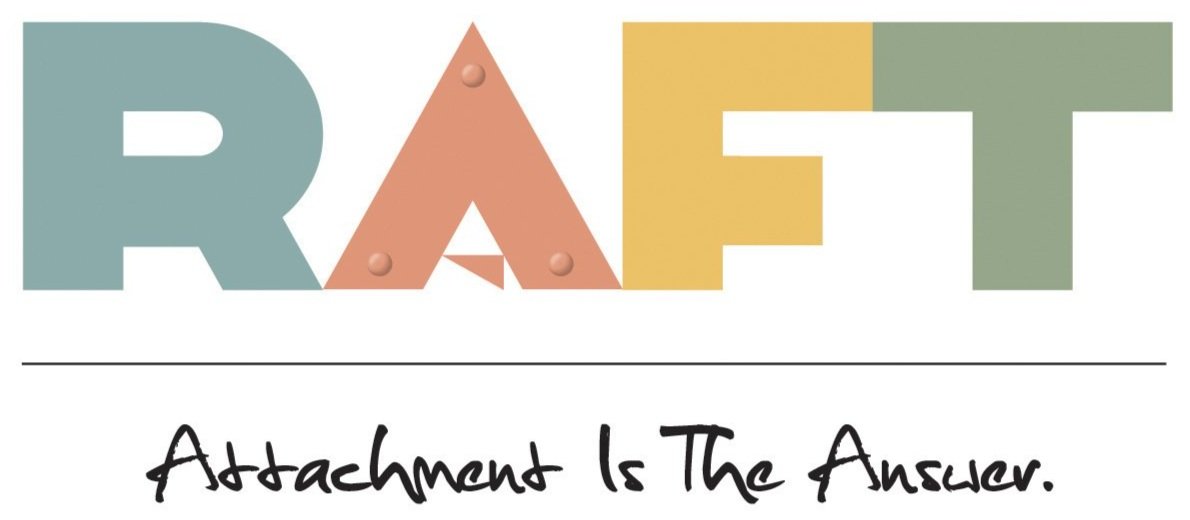Why Attachment is the answer
Attachment is the answer.
To repair and reinforce essential human bonds. And to prevent Young People from leaving home in the first place. Because when Teens have connections and feel a sense of belonging, they don’t define themselves as homeless in the first place.
Today, we’ll provide an overview of attachment, how strong healthy relationships provide Young People with a real place to call home, and what we’re doing at RAFT to facilitate change within the community.
What is Attachment Theory?
Attachment is the emotional bond which forms between an infant and a caregiver. It’s how helpless newborns get their primary needs met, and over time it becomes an instrument of social, emotional, and cognitive development.
The importance of attachment in the early years of development was first introduced by British psychologist John Bowlby. Defining attachment as “a lasting psychological connectedness between human beings,” he believed that these early bonds had a tremendous impact that continued throughout life.
Once Bowlby set the stage for attachment, other areas of research developed the major styles of attachment, which are still used to this day:
· Secure Attachment.
· Ambivalent Attachment.
· Avoidant Attachment.
· Disorganized Attachment.
How Can we do a Better Job of Helping Young People Permanently Exit Homelessness?
Seventy-Six percent of Canadian Youth experiencing homelessness report at least two attempts to transition out of homelessness. Among those, 37 percent report more than five attempts.
Attachment has the power to change everything. And the Transitioning Youth out of Homelessness Study has proof.
In the beginning, all the Young People, to varying degrees, experienced “circling”. They would live in the legacy of their past, and their future seemed unclear.
Whether Young People were able to break free of circling tended to be characterized by their attachments. Teens with very limited attachments appeared stuck with no sense of purpose. If they lost the very few connections they had, they felt very alone, and although housed, those four walls certainly did not feel like a home.
Young People able to break free from circling, on the other hand, were characterized by high social capital. They had attachments that helped boost them forward when life got tough. These attachments were found in places like schools, faith communities, family, and friends, as well as employment. But the benefits were internal too. Attachments provided Young People with strong internal resources such as self-esteem and self-efficacy.
Flipping the Switch on Teen Homelessness
Attachment is the only solution to ending long-term homelessness.
In RAFT’s goal of creating housing stability and homes, we see the importance of attachment.
Attachment is the unique bond that is formed between two parties through consistent growth in establishing healthy relationships beyond our individual selves. As humans we seek acceptance, connection, and validation; therefore, RAFT strives to strengthen a youth’s sense of belonging by developing tools to build on attachment through family, friends, school, and community. Forming a forever network.
That’s why here at the RAFT we harness the power of these natural attachments.
We offer Teens a way out of desperate situations. A way through school. A way into meaningful employment.
Everything we do builds security, stability, and self-esteem. And when youth are given access to resources in their own communities, they feel determined, rather than defeated.
Since focusing our efforts on building attachments, the results have been remarkable. We’ve achieved the lowest occupancy in our history of providing shelter.
The RAFT remains fully committed to ending youth homelessness and we are on track to achieve this goal.
The RAFT – Keeping Teens Connected to School, Home, Community & Confidence
Youth homelessness is devastating, but it’s not inevitable.
Having provided support to thousands of youth in Niagara, we have compelling proof that our unique Attachment approach prevents kids from ever ending up on the streets.
The RAFT provides an array of services to support homeless, at-risk youth and students with varying levels of service intensity. Programs include an emergency hostel, community-based intervention programs to prevent homelessness and after-school and summer camp programs in priority neighbourhoods to help children develop strong community connections and commitments to education and healthy lifestyles.
We also offer family reunification and rent supplement programs to help at-risk youth remain housed, involved in education, and connected to their home communities.
To learn more about our unique approach to ending youth homelessness, reach out today.
Attachment Is The Answer..

